Beer Canning Line: The Complete FAQ Guide In 2025
Are you looking to step up your beer production game? If so, investing in a beer canning line is the ultimate way to make sure the process of packaging and canning your brews runs smoothly, efficiently, and with top-notch results.
Beer canning lines have numerous advantages over traditional bottling techniques – they provide consistently higher quality product output while using nearly 70% less material. With so many options available on the market, it can be difficult for those new to bottling or packaging beer.
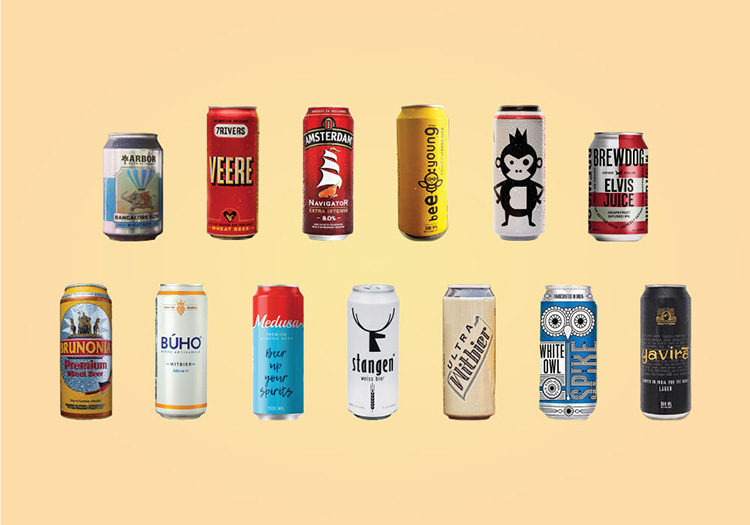
In this blog post, we’ll look at various factors that will help you to compare different beer canning lines available today and make sure you pick the one that best meets your needs. Read on for an in-depth guide to all things related to purchasing a top-notch beer canning line!
1.What Is A Beer Canning Line?
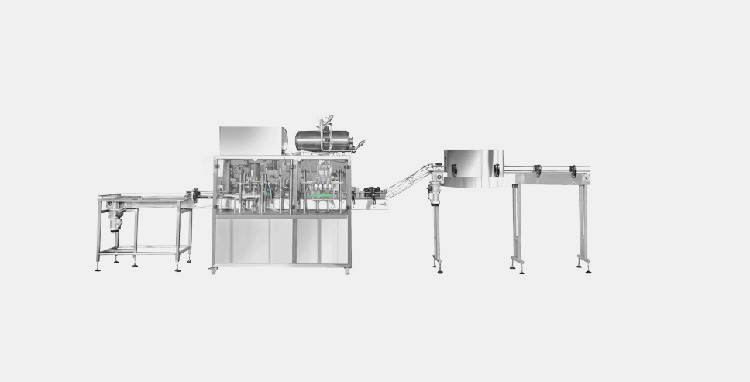
A beer canning line is an automated machine system used in beer production. This equipment allows beer cans to be filled, sealed, labelled, coded, and packed automatically. Also, this tool includes several key components, such as a filling machine, rinsing station, seaming station and packing machinery.
Beer canning lines offer beer producers a reliable and efficient way to package beer into cans that look great and maintain beer’s freshness and flavor. Additionally, beer cans are lightweight and easy to transport, making them an ideal option for beer makers looking to reduce their carbon footprint while meeting customer demands.
2.What Are The Components Of A Beer Canning Line?
A beer canning line is composed of several components including:
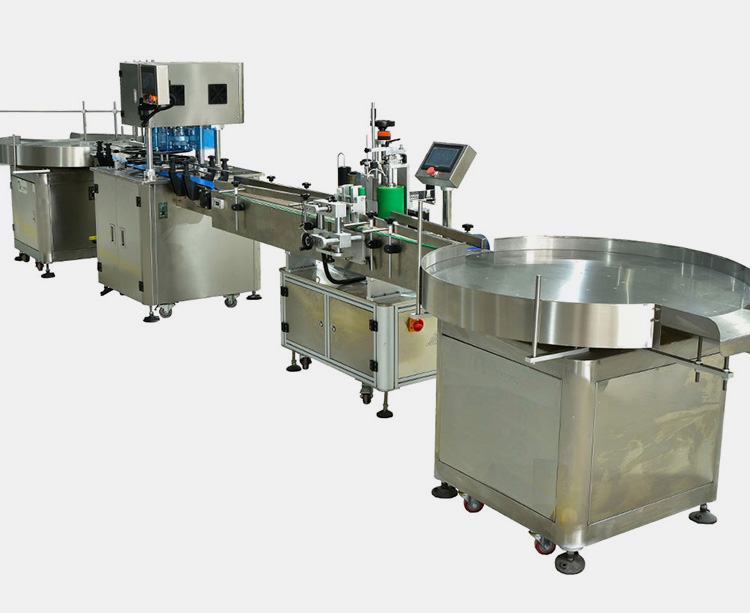
Filler
This is a beer canning machine that fills beer into the cans and seals them afterwards. It consists of hoppers, filler heads, valves, pumps and other special equipment that allow beer to be filled accurately with no contamination.
Seamer
The seamer is responsible for securely attaching lids to beer cans. It uses a combination of spinning, undercutting and crimping to ensure an air tight seal.
Labeler
The beer canning line is equipped with a labeler to apply beer labels on the beer cans. This typically includes a set of rollers that feed beer cans through the labeling machine at high speed and apply beer labels accurately and without any waste.
Packager
The beer canning line is also equipped with a packager that places beer cans into boxes or other containers for easy handling and shipping. It typically includes a conveyor connected to the beer canning machine, as well as robotic arms that place beer cans into their designated packaging.
Inspector
An inspector is used to ensure beer cans are filled and sealed correctly before being sent off for packaging. This includes optical scanners that check beer levels, lid seals and beer labels among other factors. This helps guarantee high quality beer cans are produced without waste or contamination.
Palletizer
The beer canning line is equipped with a palletizer to stack beer cans onto pallets for easy transport. This typically includes robotic arms outfitted with suction cups that move beer cans and place them in their designated slots on the pallet in an efficient manner.
3.What Are The Different Types Of Machines In A Beer Canning Line?
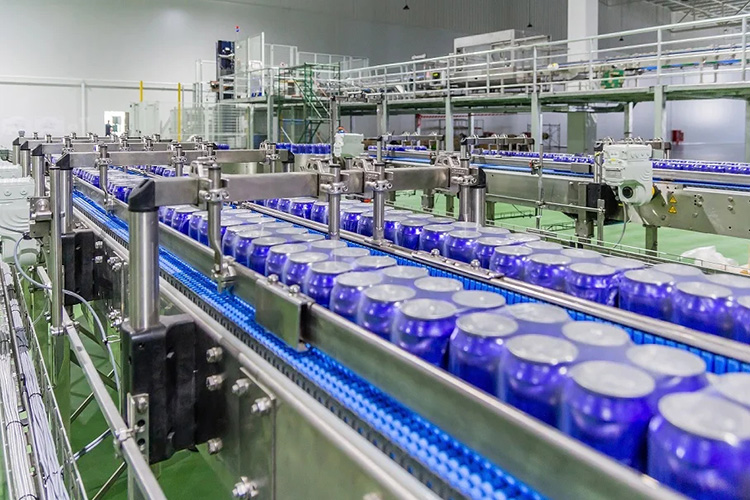
A beer canning line is composed of several machines including:
a) Beer Can Filling Machines
Beer can filling machines are used to fill beer cans with beer. They are available in a variety of sizes and configurations, depending on the amount of beer that needs to be filled per hour.
b) Beer Can Sealing Machines
These type of machines attach the top lids onto beer cans, providing an airtight seal for transporting and storing beer safely.
c) Beer Labeling Machines
These machines are used to apply labels to beer cans. They come in a range of designs, from manually operated labelers to automated systems that can handle a variety of beer can size and shapes.
d) Beer Packaging Machines
Packaging machinery is used to package beer cans into boxes or cases for easy transport and storage. The most common types of packaging machinery include tray packing systems, case packers, palletizers, and stretch wrappers.
e) Beer Coding Machines
These machines are used to apply codes or other information to beer cans. This can be done either by manually operated coding machines or automated systems that allow for a variety of beer can sizes and shapes, as well as different weights and volumes.
f) Inspection Machines
Inspection machines are used to ensure beer cans are properly sealed and labeled before they are sent out for sale. These machines typically use advanced imaging technologies to inspect beer cans for any defects or irregularities.
g) Beer Can Rinsing Machine
This machine is used to rinse beer cans before being filled with beer. The beer can rinser uses a high-pressure stream of water and detergent to clean the beer cans before they are filled.
h)Beer Can Palletizer
This machine is used to place beer cans onto pallets so that they can be easily moved and stored in warehouses or retail stores. The beer palletizing robot is able to lift beer cans and accurately place them onto pallets without the need for human intervention.
i)Beer Can Depalletizer
The depalletizer is used in the beer canning line to take empty beer cans from pallets and places them onto conveyor belts for further processing.
4.What Are The Advantages Of A Beer Canning Line?
Eco-Friendly Packaging
Cans are lighter than glass bottles, making them easier to transport and reducing the environmental impact. Additionally, cans are 100% recyclable, making them a more sustainable beer packaging option.
Longer Shelf-Life
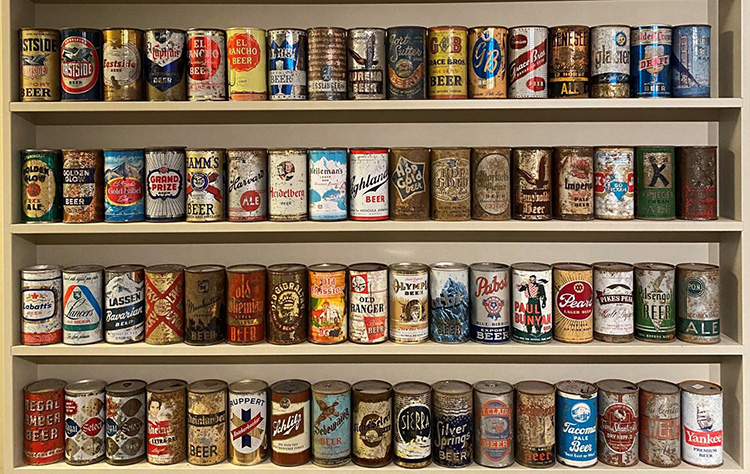
Cans provide an airtight seal which helps beer stay fresher for longer, increasing its shelf life compared to beer bottles. This can be beneficial for breweries as it increases the amount of time beer can be stored before being sold.
Increased Beer Variety
Beer canning lines are capable of packaging beer in multiple sizes and styles, allowing breweries to create unique beer varieties that wouldn’t be possible with traditional bottling methods. This can be beneficial for brewers as it helps them differentiate their beer from competitors’ products and stand out in the beer market.
Enhanced Beer Flavor
Cans are made of non-porous aluminum which prevents beer from absorbing any outside odors or flavors, resulting in beer that has a more vibrant taste and aroma than beer stored in bottles. This can be beneficial for breweries as it helps them create beers with better quality and overall beer drinking experience.
5.What Are The Applications Of A Beer Canning Line?
Beverage Industry
Beer canning lines are used in the beverage industry for beer and soda production. The high speed production and packaging of beer cans helps to streamline the process and increase efficiency.
Commercial Breweries
Beer canning lines are used by commercial breweries to package beer for sale in stores and restaurants. The high-speed production of beer cans makes it easier for them to quickly meet customer demands and distribute beer across a wide range of locations.
Craft beer brewers
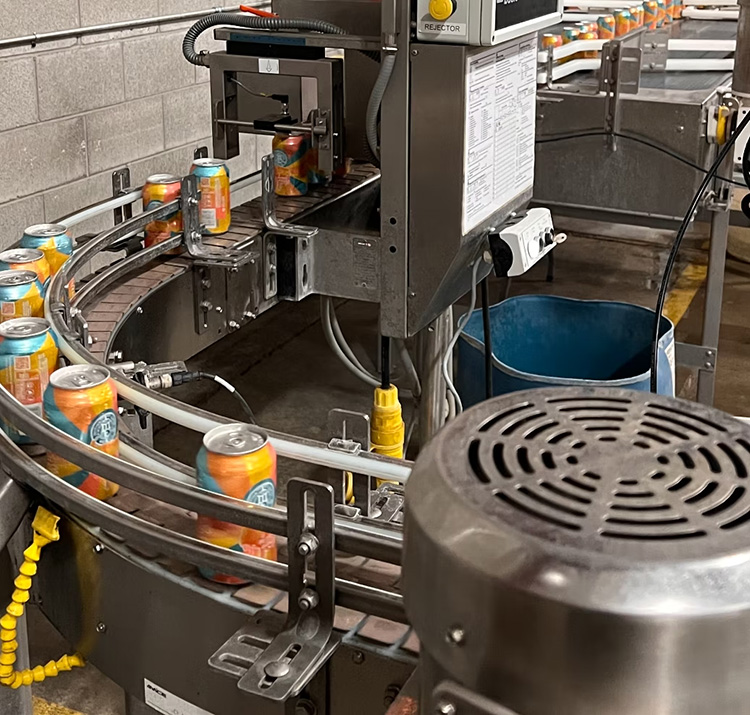
Beer canning lines are also used by craft beer brewers to package beer for sale in stores and restaurants. The high-speed production of beer cans makes it easier for them to quickly meet customer demands and distribute beer across a wide range of locations.
Home Brewers
Beer canning lines can also be used by home brewers who want to package beer in cans for personal consumption. This helps them create a consistent product with every packaging, allowing them to control the beer canning process from start to finish.
6.What Are The Working Principles Of A Beer Canning Line?
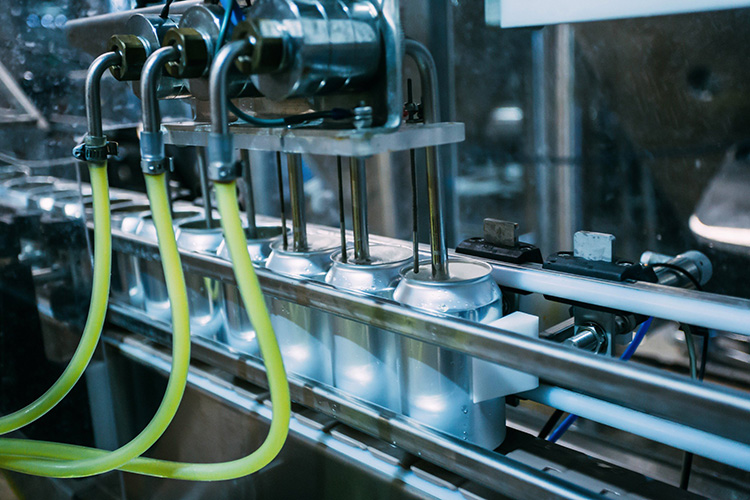
The beer canning line typically begins with a beer filtration system which removes any proteins or particles from the beer before it enters the actual beer canning process. After filtration, the beer is then heated in an inspected vessel to sanitize it before being pumped into the beer cans.
The beer is then sealed in the beer cans with a special crown or lid and sent for label application. After labeling, the beer canning line typically tests each beer can for quality assurance purposes before sending them off to be packaged and shipped.
7.Is There Any Customization For Beer Canning Lines?
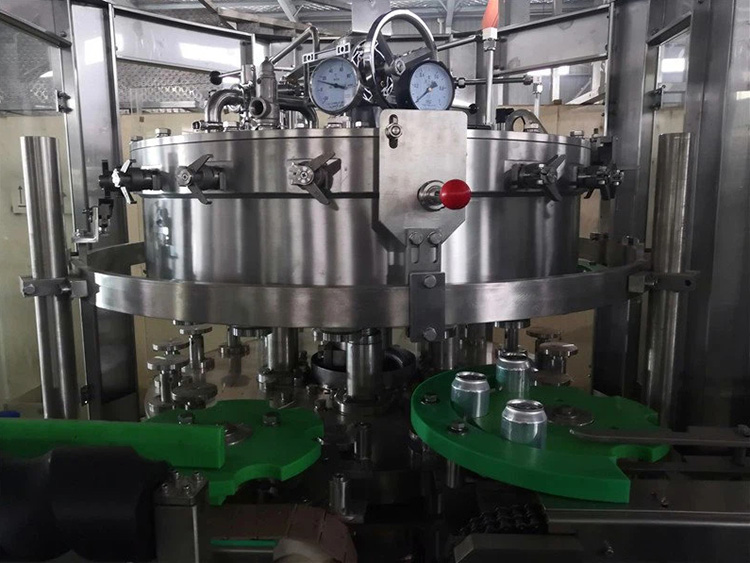
Yes, beer canning lines are highly customizable to meet a brewer’s exact needs. Different types of beer canning lines may be modified to include additional functionality such as format change parts, product detectors, and beer counter systems.
Format change parts allow for beer canning lines to switch between different sizes or shapes of beer cans easily without the need for manual adjustments. Product detectors can be installed to monitor beer quality and reject under- or overfilled beer cans.
Beer counter systems are also available to keep track of the beer production process, allowing brewers to easily monitor their beer production speed and output. All of these features can be customized according to a brewer’s needs and preferences, making beer canning lines a great choice for beer producers of any size.
8.What Are The Different Types Of Beer Canning Lines Available On The Market?
There are a variety of beer canning lines available on the market, each with their own unique features and advantages. The most common types include:
Semi-Automatic Beer Canning Lines
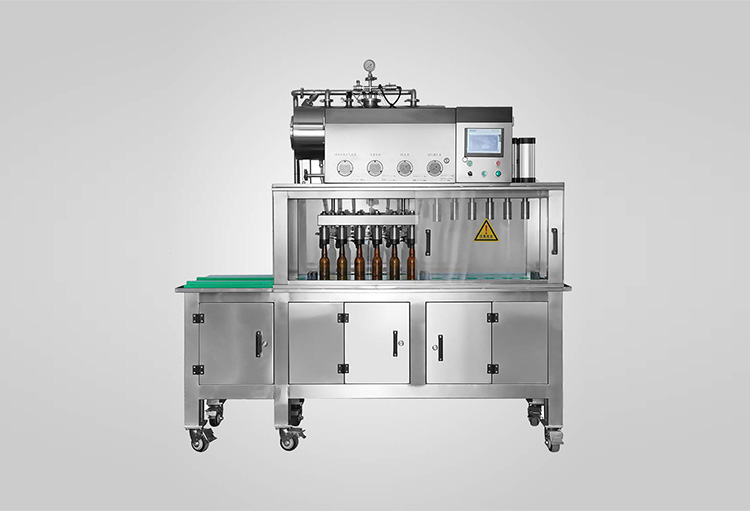
These beer canning lines offer manual loading and filling capabilities and require less automation than other canning systems. They are best for smaller craft beer batches and provide brewers with the ability to change beer styles quickly.
Components
Filling Machine
The filling machine is responsible for adding the beverage or liquid into the cans at a predetermined volume and rate. This component ensures that each container has a consistent amount of product, regardless of size or shape.
Seamer
The seamer is used to seal the can’s lid onto the can body. This component is responsible for providing a secure seal and proper fitment of the lid onto the can body.
Capper
The capper is used to attach a protective cap onto each filled can before it passes onto further steps in the semi-automatic canning line process.
Labeler
The labeler is responsible for affixing labels onto the cans. This component allows brands to apply their branding and any necessary legal information required to be printed upon or affixed onto the can.
Conveyor System
The conveyor system is used to move the filled, sealed, capped and labelled cans from one stage to the next.
Palletizer
The palletizer is used to stack the filled and labelled cans onto pallets, ready for shipment.
Shrink Wrapper
The shrink wrapper is used to package the palletized cans in a plastic film wrap or sleeve. This component ensures that the final product is securely wrapped, protecting it during transport and storage.
Working Principles
The working principles of semi-automatic canning lines are based on the idea of semi-automation. Semi-automatic canning lines typically involve several machines that carry out individual functions such as filling, capping, labeling and packing.
The semi-automatic canning line process begins with pre-filled cans being placed onto the conveyor. The cans then pass through a series of semi-automatic machines, where they are filled with product, capped, checked for quality, labeled and packed.
The semi-automatic canning line process is monitored by the operator who manually inspects each step and makes sure that all cans meet quality standards. At the end of the semi-automatic canning line process, a completed case of cans is ready for shipping.
Applications
Semi-automatic canning lines are used for a variety of applications. They are especially useful in food and beverage industries, such as breweries or wineries, where semi-automatic canning lines provide efficient production of canned products.
b) Automatic Beer Canning Lines
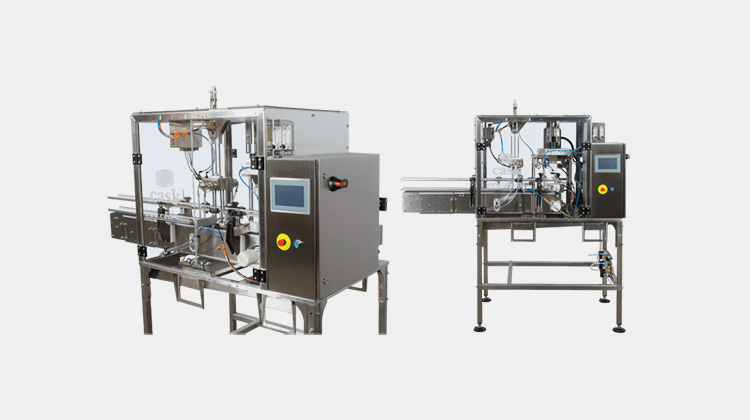
These beer canning lines are more automated than semi-automatic beer canning lines, but still require manual operator guidance during certain tasks such as setup and beer transfers. They are best for larger production runs and offer greater efficiency in terms of consistency and speed.
Components
Can Filler
This is the first component of an automatic beer canning line, which fills cans with a liquid or soft-fill product. It uses a filling device and rotary table that moves the cans through the system to ensure correct levels of liquid are present in each can.
Sealer
This is the second component of an automatic beer canning line, which seals lids onto cans after they have been filled. It is equipped with a plunger system or disc capper that applies pressure to ensure a quality seal on each lid.
Dater
This is the third component of an automatic beer canning line, which applies labels and dates to cans. It is equipped with a specialized labeling device that ensures the accuracy of each label and provides automatic coding for easy traceability.
Conveyors
This is the fourth component of an automatic beer canning line, which moves filled cans along the production line. It utilizes a variety of belts, chains, and wheels to transport cans from one station to the next.
Accumulator
This is the fifth component of an automatic beer canning line, which stores filled cans before they are packed. It uses a system of rollers and guides to ensure that each can is properly spaced for accurate packing.
Packer
This is the sixth component of an automatic beer canning line, which packs groups of cans into cartons. It utilizes a system of belts and rollers to fill each carton with an accurate number of cans before sealing it for shipping.
Checkweigher
This is the seventh component of automatic beer canning lines, which inspects the weight of cans and cartons to ensure accurate fill levels. It uses advanced weighing technology to accurately measure the contents of each container before it is sent on its way.
Palletizer
This is the eighth component of automatic beer canning lines, which stacks filled cartons onto pallets. It utilizes a system of arms and rollers to safely lift and place each carton onto the pallet in the desired manner.
Working Principles
Automatic beer canning lines employ automated processes to fill cans with food or beverages and apply lids. The process involves moving the empty cans along a conveyor belt, filling them with the desired product, sealing the tops of the cans shut and finally labeling and packaging them for shipping.
To ensure accurate product filling, automatic beer canning lines utilize a series of sensors, valves, and pumps that continuously monitor the weight and pressure of the product levels being filled into each can. The automatic canning line also inspects every single can for any visual defects before it is labeled and packaged for shipment.
Applications
Automatic canning lines are commonly used in food and beverage production, where they are used to package products into cans. This process is typically faster and more efficient than manually canning products.
9.What Is The Difference Between Semi-Automatic And Automatic Beer Canning Lines?
a) Semi-Automatic Beer Canning Line

Automatic Beer Canning Line

The main difference between a semi-automatic beer canning line and an automatic beer canning line is the amount of manual labor required to operate them. Semi-automatic beer canning lines are typically manually operated, meaning that most tasks must be performed by hand.
This includes loading cans into the machine, filling the cans with beer, sealing them, and labeling the cans. In contrast, automatic beer canning lines are typically computer-controlled and require less manual labor to operate.
Automatic beer canning lines also typically feature more advanced features such as automated labeling systems and conveyor belts for loading and unloading cans. While semi-automatic beer canning lines may be cheaper up front, they tend to be less efficient and require more manual labor.
Automatic beer canning lines, on the other hand, tend to be more expensive but are much faster and more efficient. Additionally, automatic beer canning lines may feature additional features such as tracking systems for monitoring beer production or automated packaging systems.
10.What Materials Can Be Used With Beers Canning Lines?
Empty Beer Cans
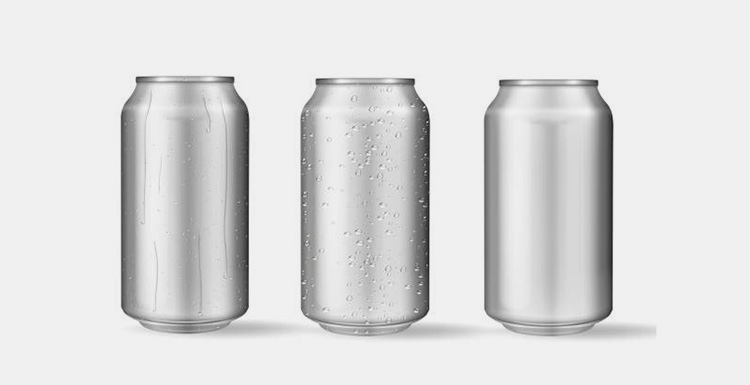
Empty beer cans are the most obvious requirement for a beer canning line, and come in a variety of sizes and shapes to accommodate different beer recipes.
Lids
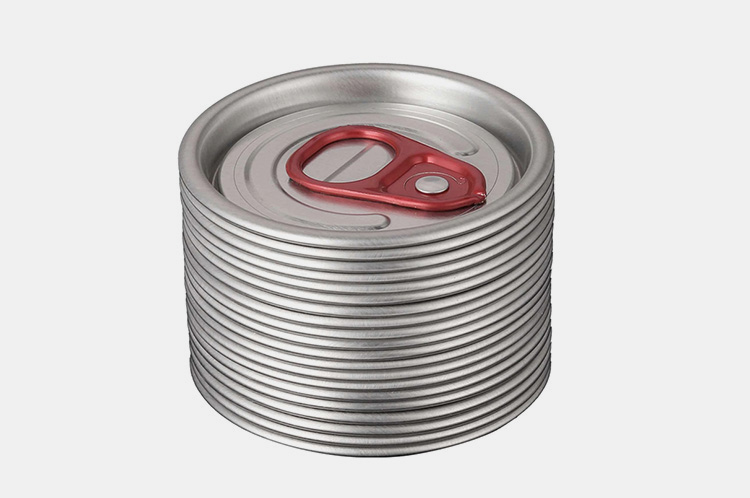
The flat lids used to seal beer cans must also be provided for beer canning lines and are typically made from aluminum or tin.
Labels

Labels are used to display beer information, ingredients, and beer brand identity on beer cans and can be printed or applied using a gluing system.
Date Coding
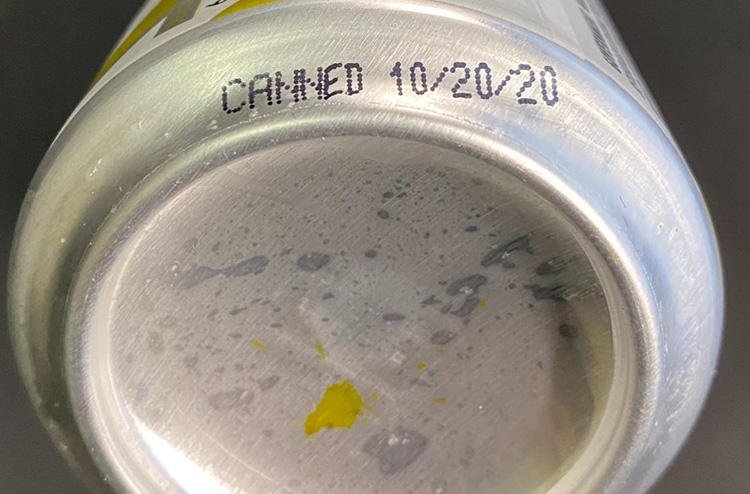
Date coding is used to denote beer canning line production dates and usually takes the form of a letter or number code printed onto beer cans.
Shrink Wrappers
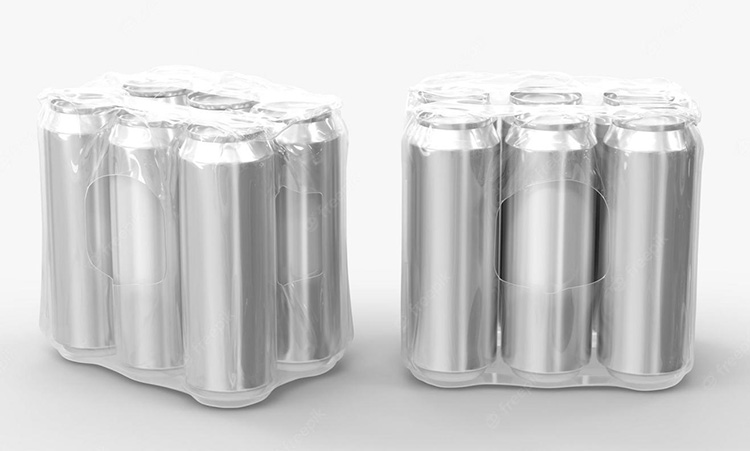
Shrink wrappers are used to package beer cans into cases for display on store shelves and seal beer cans from air and moisture.
11.What Are The Challenges Associated With Using Beer Canning Lines And Their Possible Solutions?
Clogging
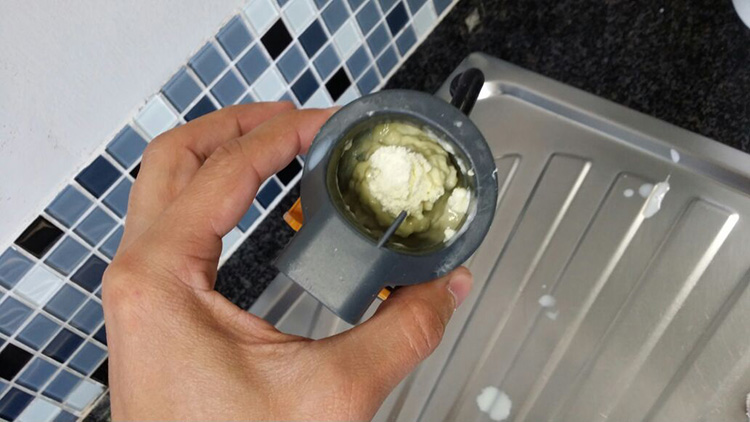
Beer canning lines often get clogged due to beer residue buildup, which can cause contamination or slow down the process.
Solution
Use a cleaning system in between production cycles and using larger filters on the beer line.
Leakages
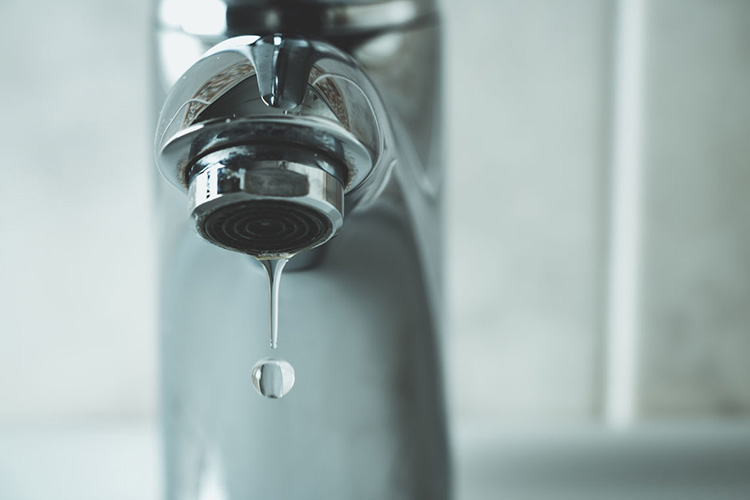
Beer canning lines are prone to leakages leading to beer loss and wastage.
Solutions
Regular maintenance of the beer canning line, inspecting for leaks on a regular basis, and replacing seals when necessary.
Contamination
Beer canning lines are also susceptible to contamination from bacteria, dirt, and other foreign substances.
Solution
Employing a beer quality management system, ensuring that beer is filtered and cooled through appropriate chillers before canning, and using sanitary fittings when connecting beer lines.
Jamming

Jamming is also a common challenge that occurs when beer cans become stuck in the machine, preventing them from being moved along the line.
Solution
Ensuring that beer cans are evenly spaced and making sure they’re properly secured inside the canning line.
CONCLUSION
Beer is constantly changing, evolving, and innovating. With the help of a beer canning line, you can take your beer to the next level. You will be able to provide customers with amazing labels, freshness that is unparalleled, and convenience such as easy transportation. Considering all these benefits, it’s easy to see why investing in a beer canning line can potentially be an extremely profitable investment for your brewery—not just now but also in the years ahead. Of course, there are lots of options available when it comes to selecting a proper beer canning line, but with Allpack you’re assured the best quality and reliable service. With their range of advanced models, eye-catching design options, and efficient process automation capabilities, they are the number one choice among brewers looking to expand their production capabilities. If you’re ready to take your craft brewery to the next level, don’t hesitate – contact Allpack today!
Don't forget to share this post!
CONTACT US
Tell us your raw material and project budget to get quotations within 24 hours.
WhatsApp Us: +86 181 7101 8586
The Buyer's Guide


